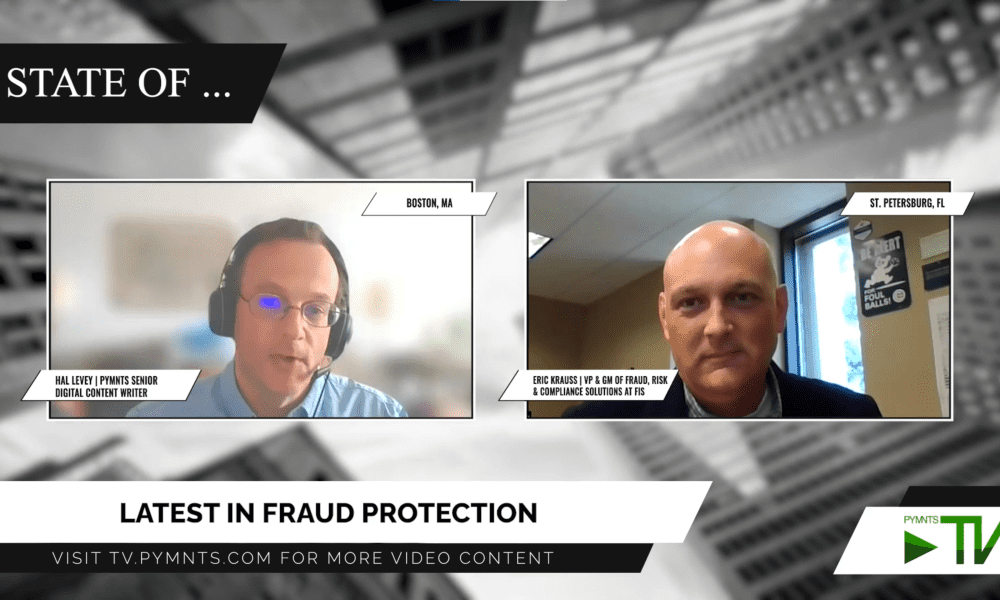Merchants, Banks Confront Rising Friendly Fraud
Sometimes the biggest threats come from the foes who pose as friends, spinning tales that seem legitimate and often urgent. And then comes the realization:
You’ve been scammed.
Eric Kraus, V.P. and general manager of Fraud, Risk and Compliance Solutions at FIS, told PYMNTS that friendly fraud looms as a growing threat for merchants and banks alike.
Friendly fraud is another name for first party chargeback fraud, which occurs when a consumer buys something online through a card-based purchase, and then disputes the charges or requests a chargeback, having already received the item or the service that they bought. The conversation was held against the backdrop where merchants of all sizes say “friendly fraud” is the No. 1 fraud trend they are dealing with, representing a significant increase in loss exposure the past few years.
Then there’s “refund fraud” which also occurs after the transaction is completed. However in this scenario, the goods that have been purchased are not returned — or something else entirely is sent back to the merchant.
As he said, illustrating what might happen to an unwitting merchant:
“The last thing you want is to initiate a refund and then open up the iPad box and see that it’s empty.”
Friendly fraud, he said, has become a favorite of scammers in recent months, so much so that he said FIS has seen some eCommerce merchants estimate that 80% of their claims are tied to it.
“These scams are especially high in the digital goods space,” he said.
Banks and credit unions are also feeling the pinch. Disingenuous cardholders, he said, will try to make claims with their financial institutions (FIs), stating that their cards were stolen multiple times in a short period of time as an example.
In the digital age, the bad actors are also leveraging technology to help them launch attacks at scale, compromising point-of-sale devices and “testing” cards. To figure out if a stolen credit card number is valid, thieves sometimes attempt small purchases to see which cards get approved. The fraudster can then make larger purchases over time. Manually testing takes time, so criminals use botnets to run thousands of low-value transactions quickly.
Source…


